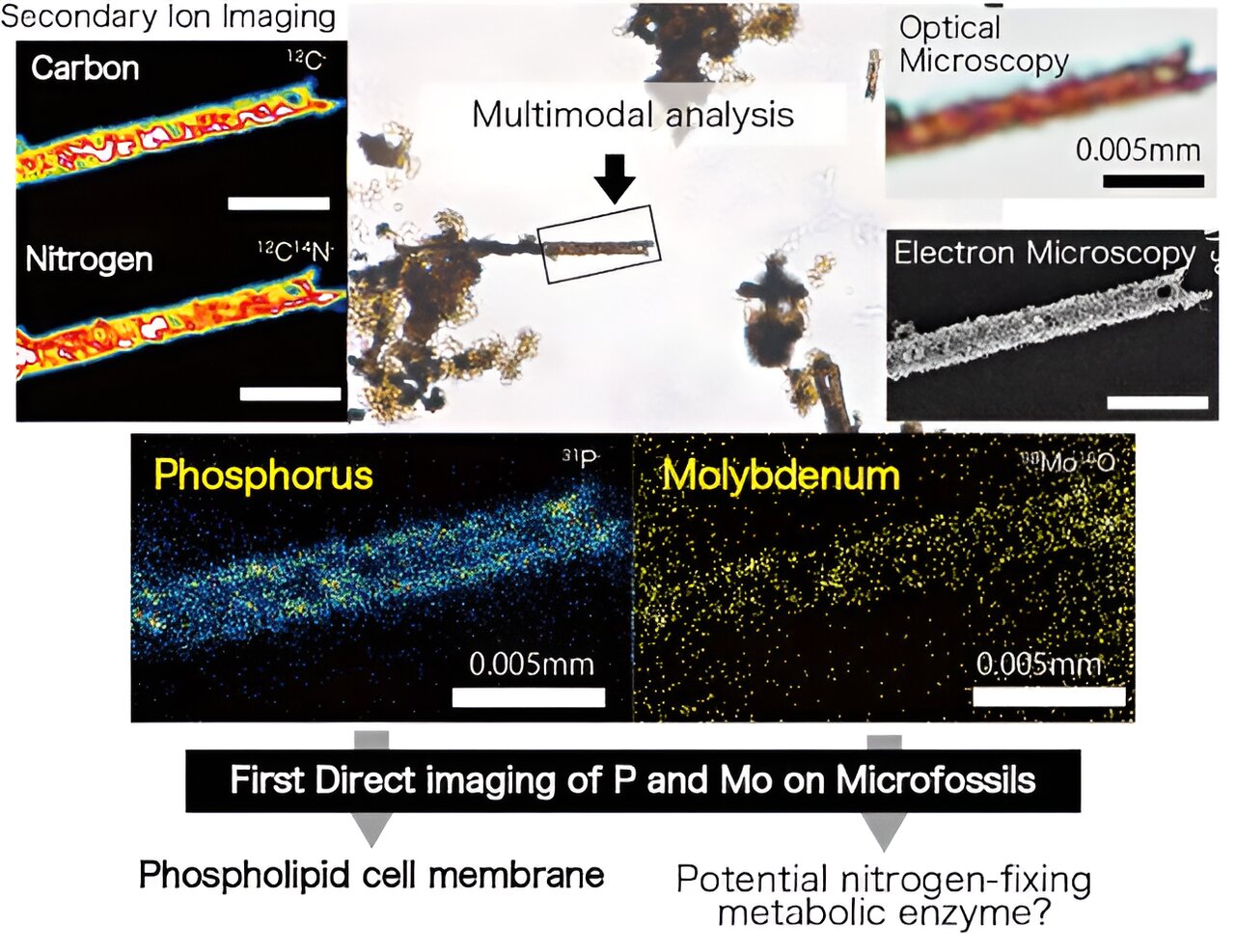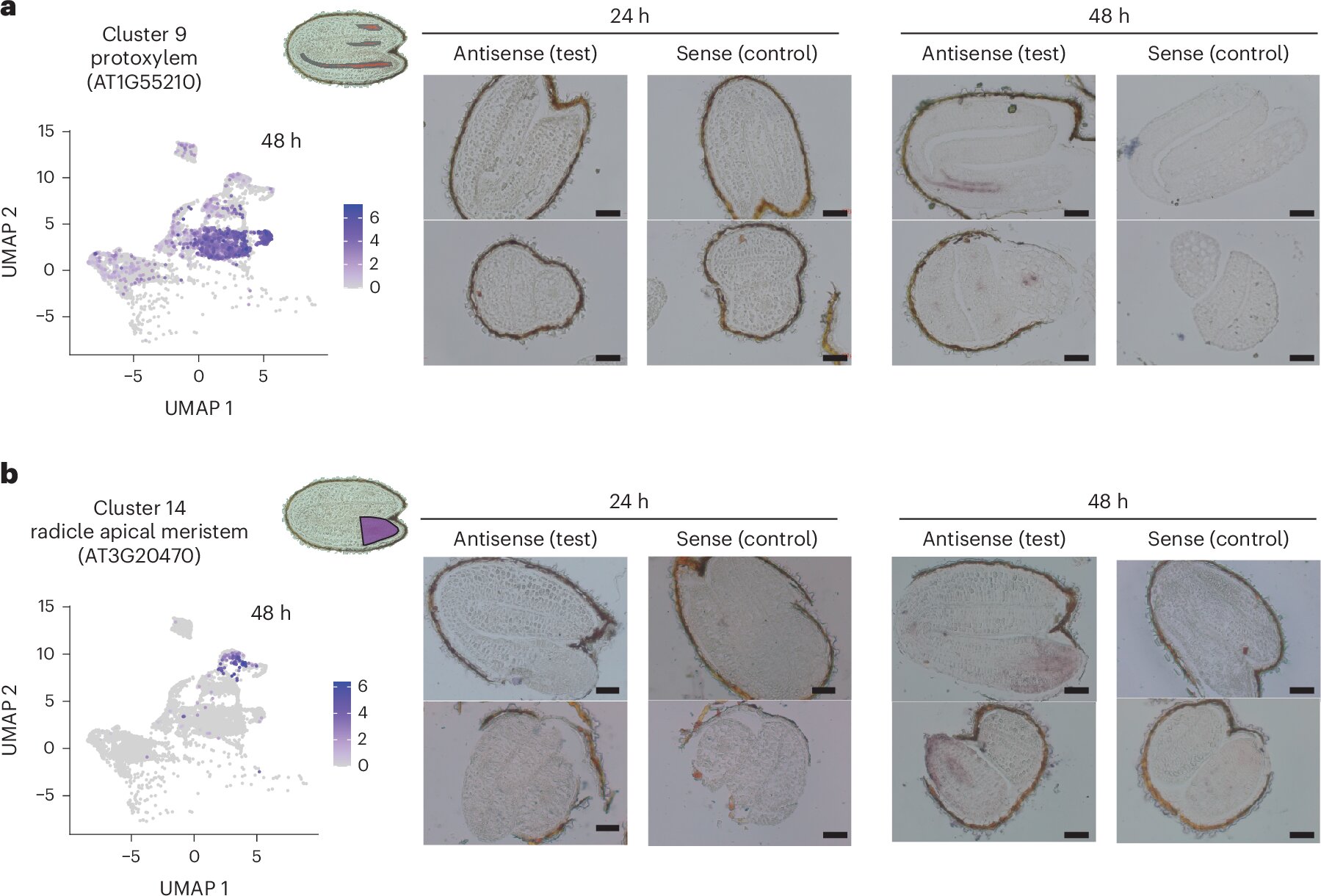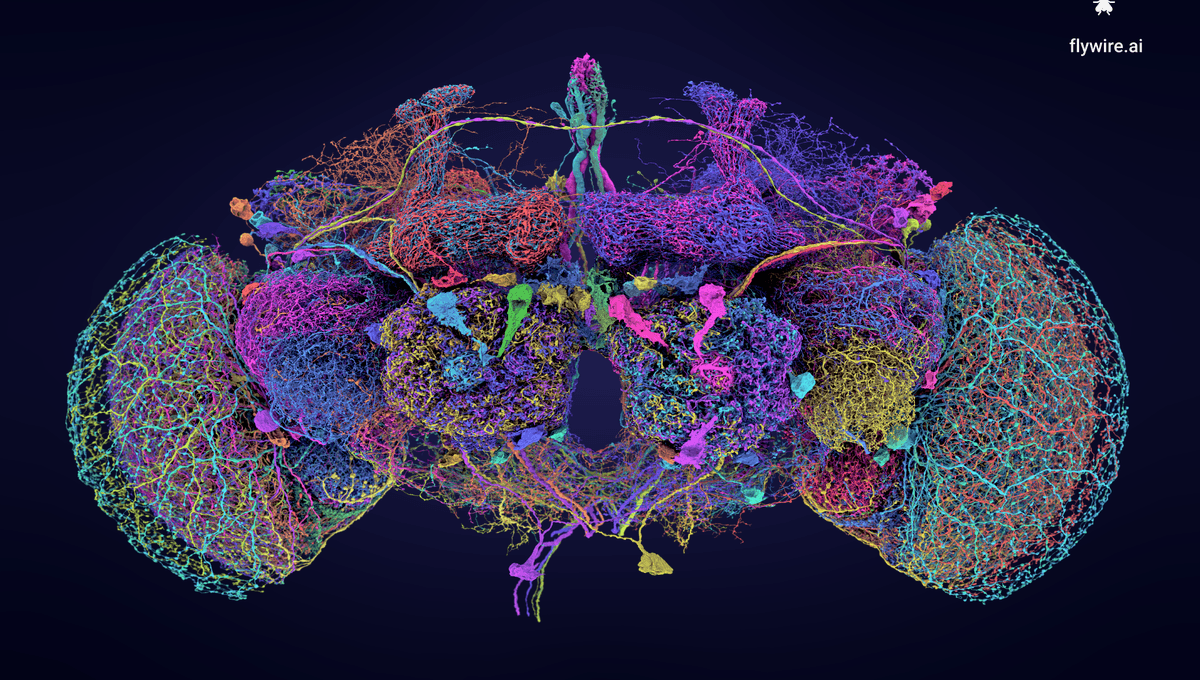Uncover the Secrets of Ancient Life with Microfossils!
Microfossils may be tiny, but they hold big clues about the evolution of life on Earth. These minuscule fossils, only visible under a microscope, provide valuable insights into the development of early life forms. Thanks to a groundbreaking method developed by a team of researchers led by Akizumi Ishida from Tohoku University, in collaboration with experts from the University of Tokyo and Kochi University, we can now delve deeper into the mysteries of ancient microorganisms.
Published in Scientific Reports on September 20, 2024, their innovative approach focuses on analyzing 1.9-billion-year-old Gunflint microfossils. By fixing these microfossils onto a specially coated glass slide (ITO-glass), the team was able to conduct integrated observations using both optical and electron microscopy. This cutting-edge technique allowed for the precise detection of trace elements within the microfossils, shedding light on the true nature of these ancient organisms.
Through the use of NanoSIMS, the researchers were able to identify extremely low levels of phosphorus and molybdenum within the microfossils, providing insights into the metabolic processes of these ancient microorganisms. This groundbreaking protocol not only enhances our understanding of early life evolution but also opens up new possibilities for analyzing even older geological samples.
With the potential to revolutionize the field of early life evolution research, this method offers a glimpse into the origins of life on Earth and how it has evolved over time. By unlocking the secrets hidden within microfossils, we are one step closer to unraveling the mysteries of our planet’s ancient past.








